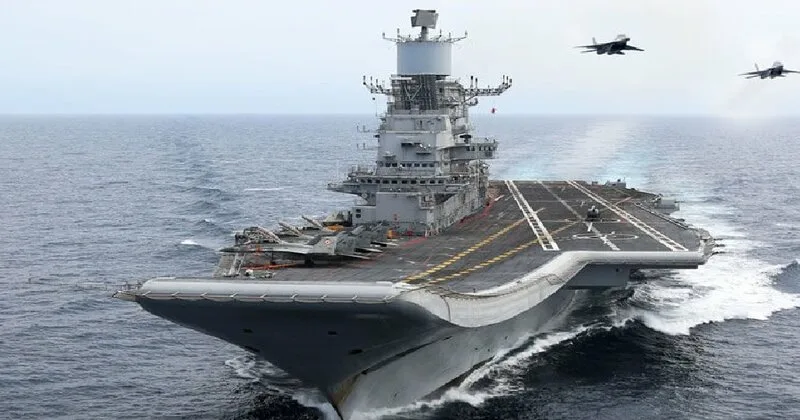
The Indian Navy is set to receive the Adani Defence and Aerospace-built Drishti 10 Starliner drone within six months, following its crash off Gujarat’s Porbandar coast on January 14 during acceptance trials. This was the second drone to be handed over to the force, but since it had not been officially inducted, there will be no financial implications for the Navy. The Drishti 10 Starliner, based on the Israeli Hermes 900, costs over ?120 crore per unit and was procured under emergency financial powers to enhance intelligence, surveillance, and reconnaissance capabilities for both the Navy and the Army.
Manufactured at Adani’s Hyderabad facility with technology transfer from Israel’s Elbit Systems, the Drishti 10 Starliner is an all-weather medium-altitude long-endurance (MALE) drone with 70% indigenous content. It boasts a flight endurance of 36 hours, a maximum altitude of 30,000 feet, and a payload capacity of 450 kg. Equipped with advanced sensors, automatic take-off and landing (ATOL), and modern communication systems, it is designed to operate in both segregated and unsegregated airspace. The first unit was delivered to the Indian Navy in February 2024 in the presence of then Navy Chief Admiral R. Hari Kumar.
Meanwhile, the Indian Navy has replaced the crashed MQ-9B Sea Guardian drone from US defense firm General Atomics, which went down in the Bay of Bengal on September 18, 2024. The Navy had been operating two such drones under a lease agreement signed in 2020, with both RPAs flying over 18,000 hours from Naval Air Station Rajali in Tamil Nadu. In 2024, India finalized a $3.5 billion deal with the United States to procure 31 MQ-9B drones—15 for the Navy and eight each for the Army and Air Force—with deliveries expected to begin in January 2029, strengthening surveillance in the Indian Ocean Region.

Post Your Comments